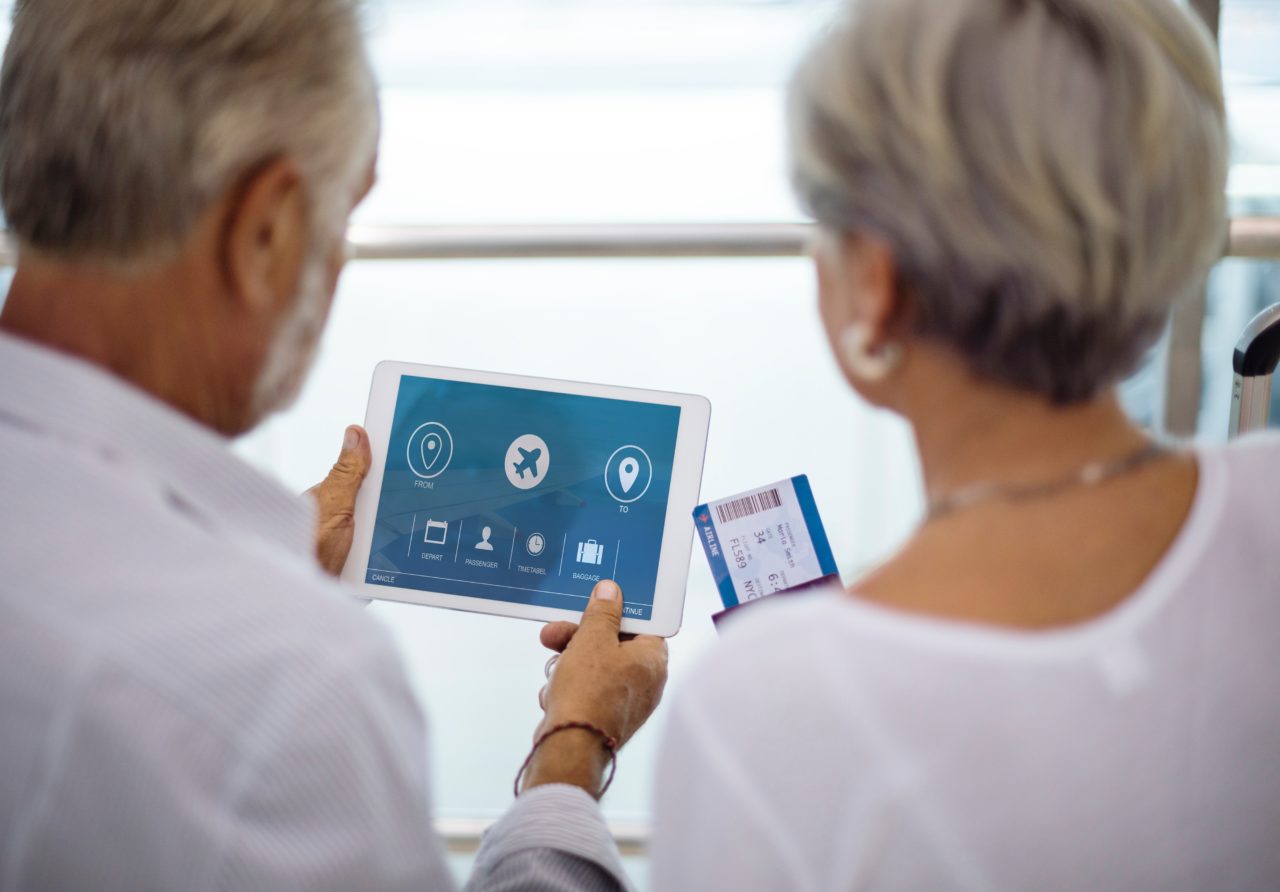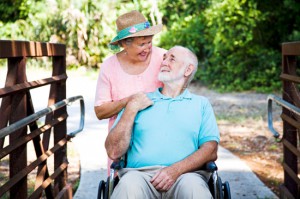
Summer is almost here and many people are looking to travel and get a break from the Central Florida heat.
If you use portable oxygen the thought of airline travel can be intimidating, but it doesn’t have to be. We have put together the following checklist to help you navigate your Summer air travel plans while experiencing the peace of mind your portable oxygen concentrator brings.
 Effective May 13, 2009 the Department of Transportation final rule “Nondiscrimination on the Basic of Disability in Air Travel” contains air carrier requirements regarding the use of respiratory assistive devices on aircraft.
Effective May 13, 2009 the Department of Transportation final rule “Nondiscrimination on the Basic of Disability in Air Travel” contains air carrier requirements regarding the use of respiratory assistive devices on aircraft.
In the final DOT rule, section 382.133 generally requires that air carriers conducting passenger service must permit someone with a disability to use an FAA-approved portable oxygen concentrator (POC) on all flights (on aircraft originally designed to have a maximum passenger capacity of more than 19 seats) unless the device does not meet applicable FAA requirements for medical portable electronic devices and does not display a manufacturer’s label that indicates the device meets those FAA requirements.
FAA approved portable oxygen concentrators:
- AirSep FreeStyle
- AirSep LifeStyle
- AirSep Focus
- AirSep Freestyle 5
- (Caire) SeQual eQuinox / Oxywell (model 4000)
- Delphi RS-00400 / Oxus RS-00400
- DeVilbiss Healthcare iGo
- Inogen One
- Inogen One G2
- lnogen One G3
- lnova Labs LifeChoice Activox
- International Biophysics LifeChoice / lnova Labs LifeChoice
- Invacare XPO2 / XPO100
- Invacare Solo 2
- Oxylife Independence Oxygen Concentrator
- Precision Medical EasyPulse
- Respironics EverGo
- Respironics SimplyGo
- Sequal Eclipse
- SeQual SAROS
- VBox Trooper
Physician Statement Required
Every airline has a physician statement that they require you to carry with you. Some airlines also require you send in the form at least 48 hours prior to your flight as well as carry a copy on board with you. Check your airline’s website for a PDF of the document that you can take to your physician to complete. If you are flying on multiple airlines, make sure you have a copy of each airline’s physician statement with you.
Extra Batteries Rules
Most airlines have a 150% rule regarding extra batteries needed for the flight. For example, if you’re on a 6 hour flight, you need to bring 9 hours of battery. Some airlines require travel time plus 3 hours. You should check with your airline for their battery requirements. In addition, you will need to understand how the airline will require you to pack the extra batteries. The battery terminals must be protected from coming into contact with other items in your carry-on luggage. Some battery terminals are recessed and others may need to be taped. Either way, it is important to know how to pack the batteries so that the airline will allow them on your flight.
Air Travel Checklist for Carry-on POC’s
Advance planning is the key to traveling with your portable oxygen concentrator.
- When researching flights, take a look at each airline’s portable oxygen concentrator requirements.
- Notify your airline that you will be traveling with a portable oxygen concentrator at the same time you book your flight.
- Make sure you know how soon prior to your flight that your physician should write the required statement and whether it has to be on physician letterhead or an airline-specific form.
- Check on the length of your flight and give yourself extra time for unexpected delays so that you will bring enough batteries with you.
By planning ahead and preparing for delays, you’ll be able to travel with ease.
